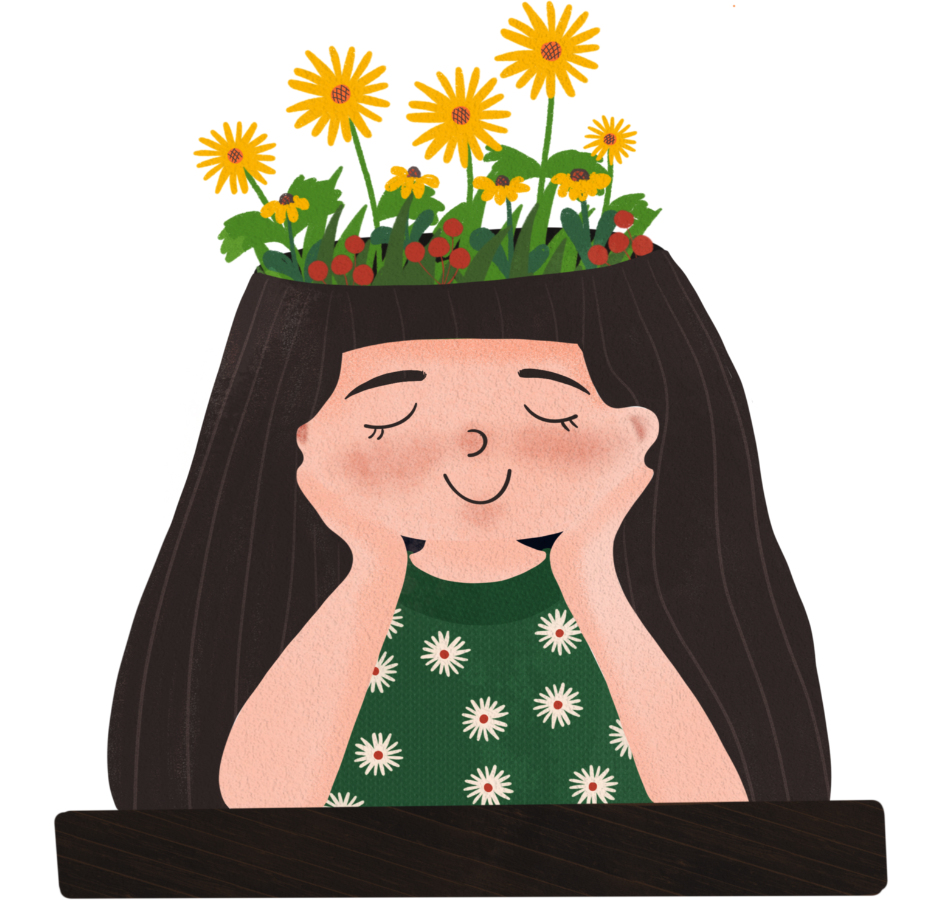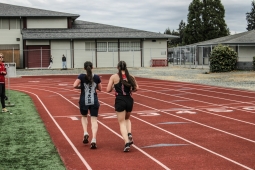Creating a Mindful Community: How Parents, Teachers, and Students Can Work Together to Promote Mental Health

Mental health is a critical aspect of a student’s overall well-being, and emphasizing the importance of mental health aligns with the “Living Well” facet of the Canadian Physical and Health Education Competencies (Davis et al., 2023). Creating a supportive, mindful environment that engages teachers, parents, and students can make a world of difference. When these three groups collaborate, they build a community where students feel seen, heard, and supported—whether at home or in the classroom. In this article, we'll explore practical ways each group can contribute to promoting mental health and wellness, leaving you with actionable steps for fostering a community where mental health is prioritized and students thrive.
1. Teachers' Role in Supporting Mental Health
As educators, we spend significant time with students—observing, teaching, and interacting with them. Because of this, we are often the first to notice the early signs of mental health challenges. Cultivating a classroom environment where safety, connection, and trust are at the forefront helps students feel comfortable expressing their emotions and concerns.
Key Steps for Setting Up a Safe Classroom Environment:
Consider the 5 Senses:
- What do they SEE? The first thing students see when they walk into the classroom can set the tone for the day. Opt for calming colours like blue and green, which are known to promote balance and peace. Positive posters and images can also reinforce this welcoming atmosphere.
- What do they HEAR? Calming music can help ease anxiety and create a sense of calm. Research by psychiatry.org shows that music can enhance emotional competence and social connectedness, so consider playing soft instrumental music during quiet work time.
- What do they SMELL? Aromatherapy is another simple way to create a soothing environment. Scents like lavender, frankincense, and sandalwood are known to reduce stress and promote relaxation.
- What do they TASTE? As educators, we can also help students understand how nutrition affects mental health. Foods rich in omega-3 fatty acids, magnesium, and zinc can reduce anxiety and improve mood. (Harvard offers some helpful tips on nutritional strategies for easing anxiety here).
- What do they FEEL? A basket of fidget toys, objects that have different textures can also be useful for students to use when they need to focus.
Building Trust and Connection:
Trust is the foundation for any meaningful relationship, especially in the classroom. When students trust you, they feel safe to express themselves and are more likely to be engaged in learning. To build trust:
- Listen actively: Give students your full attention when they speak. If you cannot listen in the moment, let them know you will come back to them when you are available.
- Use team-building and icebreakers: Incorporating activities that help students connect with one another and with you can foster a sense of belonging and community.
Creating a classroom environment centered on mindfulness—by engaging the senses and building trust—can help set the stage for improved mental health. Including students in creating a safe environment will also help them feel like their voice is heard and reflected inside the classroom. When students feel safe and supported, they are more likely to thrive emotionally and academically.

2. Engaging Parents and Caregivers
A collaborative approach between teachers and parents is key to supporting student mental health. When teachers and caregivers are on the same page, students receive consistent messages of support.
How Teachers Can Engage Parents and Caregivers:
- Weekly Communication: Regular updates, including positive feedback, can keep parents informed and motivated to stay involved in their child’s mental health journey. Consider sending weekly emails to share what is going well, highlight achievements, and suggest ways parents can support at home.
- Open Dialogue: At the start of the year, connect with other classroom teachers. Share what is working in the classroom and collaborate on how to better support the student’s mental health.
When Discussing Mental Health with Struggling Students and Caregivers:
Ask open-ended questions: Use reflective listening to show you understand their concerns. For example
For students:
- “What is going well for you at school right now"
- "How did that experience make you feel?”
- “What can we do to overcome this challenge?"
For parents:
- “What do you think is the biggest challenge for [Student Name] at the moment?”
- “What is going well right now?”
- “What strategies have worked at home?”
By keeping lines of communication open, parents and teachers can work together to create a unified support system for the student.
3. Empowering Students as Active Contributors
For students to take ownership of their mental health, they need to feel empowered. A sense of control is crucial for mental resilience, so giving students a voice in their emotional and academic well-being can increase their confidence and overall engagement.
Strategies for Involving Students: The 5 C’s
- Connection: Build meaningful relationships with students by having conversations that show genuine interest in their lives. A simple check-in, such as asking how they are feeling today (e.g., “What colour describes your mood today?” Blue-Sad-Tired, Yellow-Anxious & Busy Mind, Red-Angry & Not Regulated, Green-Ready & Happy) can help you gauge their emotional state and foster connection.
- Contribution: Give students opportunities to contribute to the classroom environment. Assign class jobs or roles within group projects to help them feel like they are an integral part of the classroom community.
- Choices: Offer students choices in how they learn. Allow them to pick topics for projects or choose between different activities. Providing students with autonomy can enhance engagement and motivation.
- Coping: Teach students coping strategies like mindfulness exercises, deep breathing, or short breaks to help them manage stress and emotions. Starting each class with a 1–2-minute mindfulness activity can set a positive tone for the rest of the day.
- Confidence: Boost students’ self-esteem by acknowledging their efforts and progress, not just their successes. Offering constructive feedback and praise helps them build resilience and confidence.
When students feel empowered and involved, they become active participants in their mental health journey.

4. Building a Connected, Mindful Community
To foster a culture where mental health is openly discussed and prioritized, we must build a connected, mindful community within the school. When students see that mental health is normalized and supported, they are more likely to seek help when needed.
Strategies for Creating a Mindful School Community:
- Awareness and Education: Host workshops on mindfulness, self-regulation, and mental health. Bringing in guest speakers who share their personal experiences with mental health can help destigmatize the topic and make it more approachable for students.
- Action and Support: Encourage mindfulness practices across the school. You might create designated "quiet zones" where students can take a break or practice relaxation techniques. Displaying positive affirmations and mental health resources around the school can further support the idea that mental health is important.
- Normalize Conversations: When mental health is talked about openly, it reduces stigma and encourages students to reach out when they need support. Providing students with tools they can use to manage stress and emotions will help them feel supported both in and out of the classroom.
A mindful school community—where mental health is a priority—is one where students feel safe, understood, and empowered to manage their well-being.
Conclusion
By fostering a culture of mindfulness and collaboration between teachers, parents, and students, we can create a supportive environment where mental health is prioritized. For students to be healthy, well-being needs to be holistic. When each group works together and plays an active role, we build a community where students feel seen, safe, and capable of thriving. With simple strategies, we can create a space where mental health is not only discussed but also practiced, helping students flourish both emotionally and academically.
Resources:
Nervous System Regulation in the Classroom – PHE Journal Article








